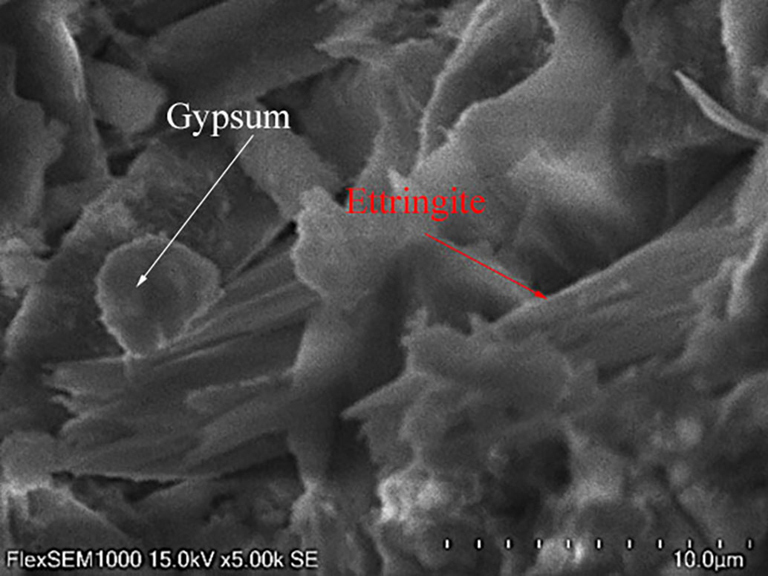Experimental investigation of modified desulfurized gypsum-based concrete permeability performance
1
State Key Laboratory of Deep Coal Mining & Environment Protection, Huaihe Energy (Group) Co., Ltd.,, China
2
Ping'an Coal Mining Engineering Technology Research Institute Co., Ltd.,, Huaihe Energy (Group) Co., Ltd.,, China
3
School of Civil Engineering and Architecture, Anhui University of Science and Technology, China
Submission date: 2023-11-02
Final revision date: 2024-02-28
Acceptance date: 2024-03-05
Publication date: 2024-12-04
Corresponding author
Cong Gao
School of Civil Engineering and Architecture, Anhui University of Science and Technology, China
School of Civil Engineering and Architecture, Anhui University of Science and Technology, China
Archives of Civil Engineering 2024;70(4):377-389
KEYWORDS
TOPICS
ABSTRACT
To comprehend the permeability behavior of modified desulfurized gypsum-based concrete under varying stress conditions, this investigation conducted permeability assessments under both confining pressure and unloading circumstances. The findings suggest that an escalation in confining pressure results in a reduction in the specimen's permeability. Conversely, a decrease in confining pressure leads to a gradual increment in permeability, albeit without fully reverting to its initial state. The rise in pore water pressure diminishes the effective confining pressure experienced by the specimen, thereby enhancing the interconnectivity of the internal pore structure and facilitating an increase in permeability. As the confining pressure intensifies, the volumetric strain also increases. Conversely, a reduction in confining pressure corresponds to a decrease in volumetric strain, though it does not return to its initial level. This observation implies that solely the elastic deformation of the specimen can recover as the confining pressure decreases. The internal pore structure distribution of modified desulfurized gypsum-based concrete is predominantly characterized by micropores, with a permeability coefficient in the order of magnitude of 10-17m2, contributing to its commendable impermeability.
Share
RELATED ARTICLE
We process personal data collected when visiting the website. The function of obtaining information about users and their behavior is carried out by voluntarily entered information in forms and saving cookies in end devices. Data, including cookies, are used to provide services, improve the user experience and to analyze the traffic in accordance with the Privacy policy. Data are also collected and processed by Google Analytics tool (more).
You can change cookies settings in your browser. Restricted use of cookies in the browser configuration may affect some functionalities of the website.
You can change cookies settings in your browser. Restricted use of cookies in the browser configuration may affect some functionalities of the website.




